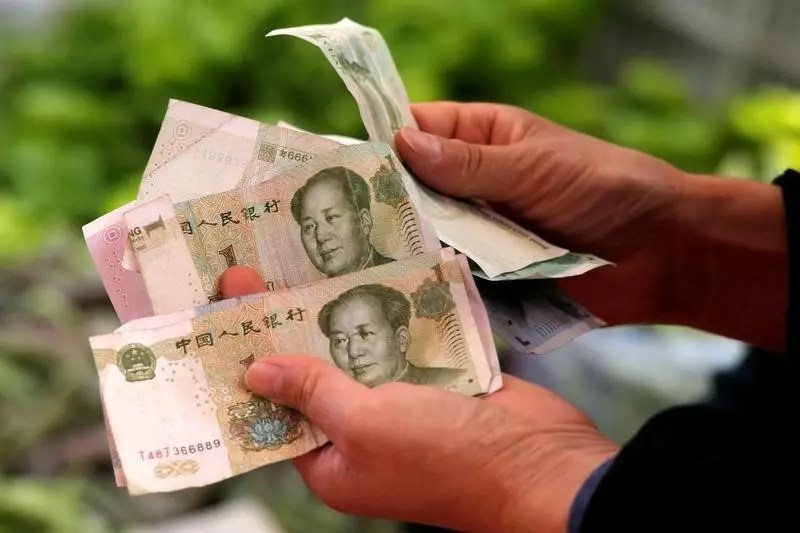At the commencement of the week, Asian currencies faced significant downward pressure, primarily influenced by a resurgence of the U.S. dollar. This strengthening of the dollar can largely be attributed to ongoing uncertainties regarding former President Donald Trump’s tariff policies, which have been a hotbed of discussion and speculation in international markets. The situation was exacerbated by disappointing factory output data from China, resulting in a reduction in overall market confidence and instability among regional currencies.
In a striking development, President Trump enacted a hefty 25% tariff on imports from Colombia after President Gustavo Petro’s controversial decision to halt U.S. deportation flights. This action ignited tensions, prompting Trump to reconsider the tariffs when Petro proposed utilizing Colombia’s presidential aircraft for these deportations. Such rapid shifts highlight the volatile nature of U.S. trade policies and their immediate consequences on foreign relationships and market reactions. The uncertainty surrounding Trump’s trade policies left many investors on edge, impacting their confidence and economic forecasting.
On Asian territory, the U.S. Dollar Index witnessed a 0.3% rise following a troubling week that saw its lowest performance in two months. Consequently, various currency pairs reflected this scenario: the Chinese yuan, both onshore (USD/CNY) and offshore (USD/CNH), experienced a rise of 0.3% and 0.4%, respectively. This trend indicates that despite the contraction in China’s manufacturing sector, the yuan remains tethered to the fluctuating dynamics of the dollar.
As the week unfolded, the ramifications of China’s manufacturing data became apparent, with reports revealing an unexpected contraction in activity for January. Although Beijing’s stimulus measures were initially beneficial, they fell short of providing enduring support to local industries, reinforcing fears concerning the imposition of new U.S. tariffs. The reduction in growth in non-manufacturing sectors further compounded these concerns, creating a ripple effect that influenced regional currencies adversely.
The looming Federal Reserve policy meeting later this week added another layer of complexity to the market landscape, as investors remained keenly aware of potential shifts in interest rates. It’s anticipated that the Fed will maintain stability in rates; however, the data on personal consumption expenditures (PCE) and the preliminary fourth-quarter GDP estimates could sway opinions significantly. Furthermore, inflation indicators across the Asia-Pacific region, particularly Australia’s Consumer Price Index and data from Japan’s capital, are projected to play pivotal roles in shaping central bank decisions moving forward.
The week commenced with considerable volatility and uncertainty in Asian currencies, primarily driven by global economic indicators, U.S. tariff policy shifts, and forthcoming Federal Reserve deliberations. The intertwining of political decisions and economic data continues to create challenges for investors as they navigate these turbulent waters. As different factors come into play, market participants will need to remain vigilant and adaptive to accommodate the ongoing evolution of the geopolitical and economic landscape.


Leave a Reply